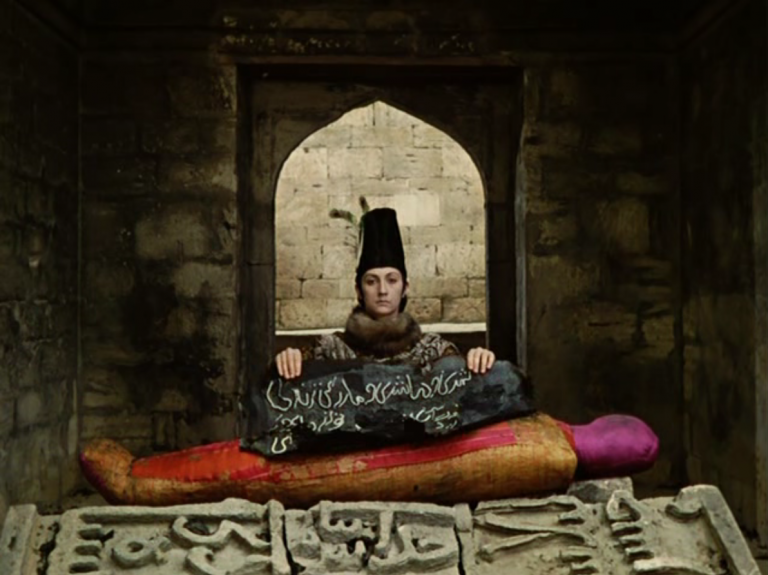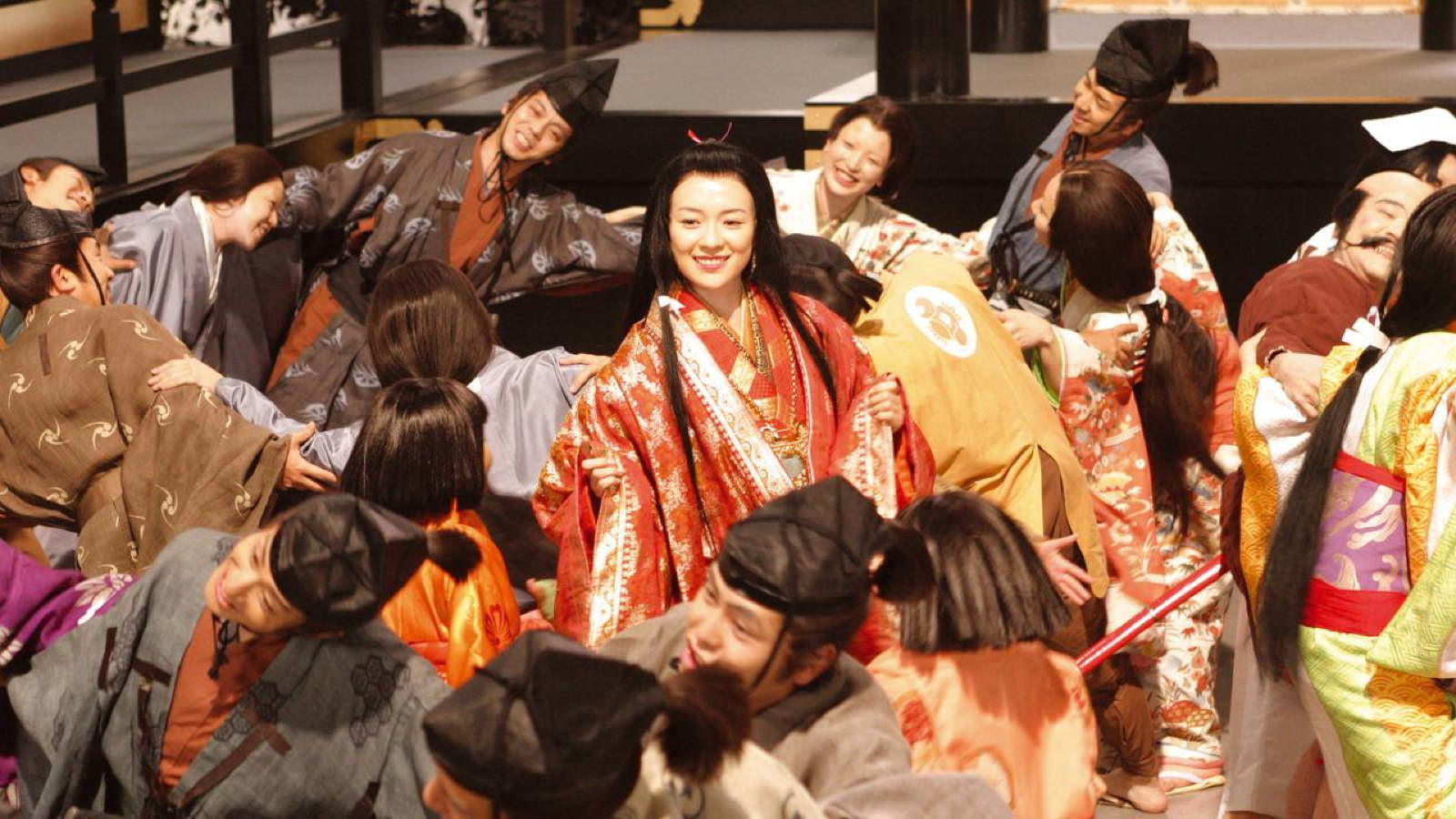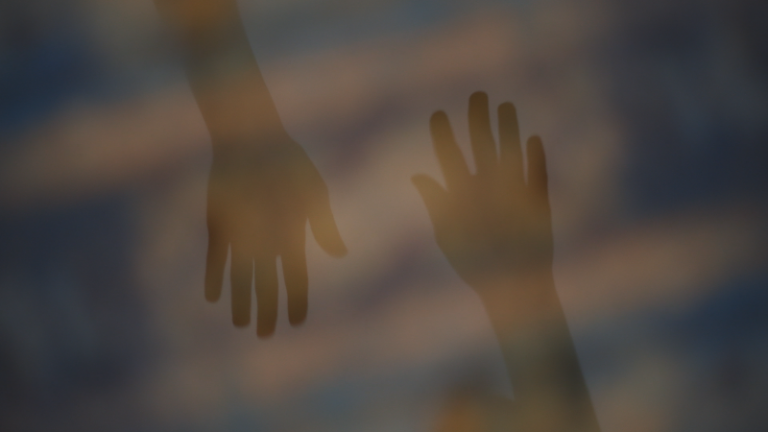You have said that you are interested in the way the past leads to the future, and I wondered where that leaves the present…
To me the present is the intersection of the past and the future, almost literally. There is a view that takes history as something fixed, something that has already happened, and the future is supposedly in the realm of change and transformation. But my position is that the past is always changing. Our role as historians is to rediscover the past and to find what speaks to us. Speculating on the future always gives me a headache. In fact I get more of a sense of what the future might be from seeing how our sense of the past has changed. One example – when I studied many years ago, film history was about storytelling, and the era of early cinema, particularly before 1906, was of very little interest – people used to say film didn’t get interesting until about 1908 when Griffith came in. But when I began watching these early films I realised they were of great interest, particularly because they began to raise questions of whether film was by nature a narrative medium, as had been argued by theorists like Christian Metz in the ’70s. These films were doing a lot of things but they certainly weren’t telling stories.
You have come up with the concept of the ‘cinema of attractions’ and written about it a lot in relation to early cinema. But you have also argued that it still exists, even if it has gone underground.
There is no question that cinema is a major storytelling mode, but unfortunately it is often assumed that this is its identity, its mission. I think the importance of narrative is often overstated and critics often prefer to analyse a story to visual techniques. Sure, the story is important and even Méliès understood that a series of attractions – or special effects if you like – needs a framework. Scripts to him were a framework on which to hang his various tricks, a kind of clothesline. By the way, attractions are not just special effects, they include things like costume and fashion, the beauty of stars. Obviously, stars are often terrific actors but some of them even if they’re terrific actors are visual attractions first of all. Take Marilyn Monroe or Marlon Brando… Brando was a great actor, Monroe was sometimes a great comedienne, but you are hardly listening to them on the radio. There’s a strong visual attraction there.
I often say that cinema of attractions was replaced by what they call a ‘cinema of narrative integration’, where narrative and attractions inter-relate. Attractions didn’t disappear but became part of the storytelling. So special effects weren’t just random tricks but became part of a world of fiction, sometimes playing a particular role like helping create suspense. So when I wrote that attractions went underground, I wouldn’t completely disagree with that statement, but would now emphasise more that they are very much above ground too. I wouldn’t want to argue which one is more important, especially because I actually think their interweaving is very important. When you have endless attractions, people actually get bored. And I think sometimes the point in stories is to give you something so you can get to the next attraction, to get hungry for it again.
Talking of attractions, I want to ask you about the interaction between fashion and film. Firstly, do we speak of costume or fashion when we talk about film?
What interests me about the topic is precisely that fashion is an attraction. I don’t know if that’s all it is, but what I think was essential to film’s interest in fashion was that it was a novelty, it was all about display and grabbing attention.
“SPECULATING ON THE FUTURE ALWAYS GIVES ME A HEADACHE.”
As a film historian I mainly deal with costume. Fashion is trickier but what interests me in the concept is that it is based on constant change, although that’s primarily talking about modern fashion. I have recently been revisiting the work of my friend, the filmmaker Lewis Klahr. He made a film called the The Pharaoh’s Belt, which, he told me, was inspired by a passage in a book I gave him talking about a belt worn by pharaohs for state occasions, and this belt didn’t change for 3000 years… The idea of something not changing for that long seemed crazy to him. And then there is our strange relationship to fashions that disappear. On an immediate level clothes can evoke feelings of… well, I suppose the term is nostalgia… a term I am a little uncomfortable with because it keeps us from thinking through what the fascination with the past really is. It’s what Walter Benjamin meant when he was working on The Arcades Project, when he said he was interested in the idea of démodé, in what had just passed out of fashion. What sort of lure is that?
In one passage he said it was the greatest anti-aphrodisiac…
Right, in the sense of a woman dressed in last year’s fashion. But I think he also felt the opposite; he was also fascinated with what had just passed. Maybe not last year’s fashion but fashions 10 years ago. Today we have vintage clothing stores, they deal with old clothes as something special. And with the hippies there was a sense of slight satire to wear something démodé, and to juxtapose things improperly, in ways that wouldn’t work in the codes of the time.
And in this sense it is how fashion works to this day, it goes back to the past a lot but could never just repeat it. It always comes into new constellations and has a new meaning.
It’s again the Benjaminian idea that the past becomes a heap, a kind of uncategorisable or uncategorised group of things that then can become something new. And that out-of-fashion thing is of course in part what the surrealists were also interested in.
Tell me about your collaboration on the festival program.
I already contributed to Marketa’s 2008 season If Looks Could Kill. It seemed a little ironic to me because I’m not someone who thinks a lot about my own clothing. I mean, once I was asked to apply for the position of the head of the film department at MoMA and I said, ‘But I am sartorially challenged!’ (laughs) I wasn’t sure I could handle it… But the issue of clothing in film has always fascinated me. I am interested in the ways fashion relates to issues of display and novelty that are really essential to the way I think about film. But I also had a sense there is a compatibility between mine and Marketa’s interests in the history and in cinema’s inter-relation with other arts and other forms of popular culture. In part I was just curious because I hadn’t done anything with fashion before. And to be able to work with someone who knows more about something than I do is always interesting. When I collaborate I think, ‘what am I going to learn from this’?











